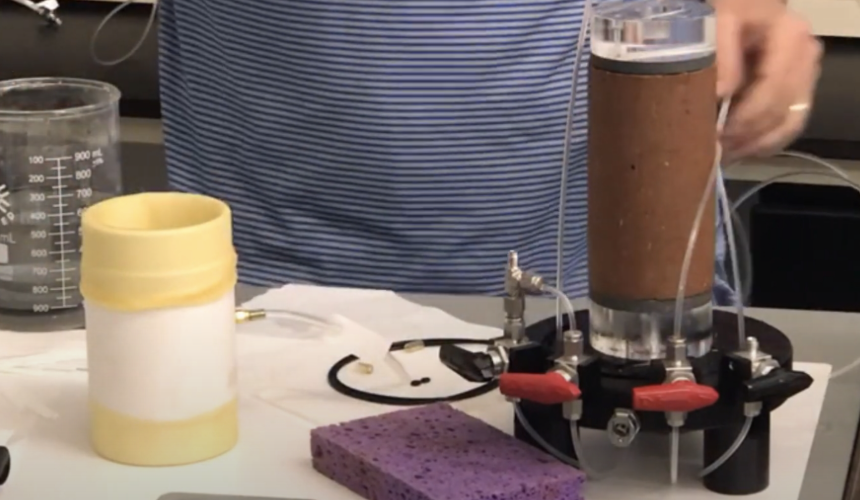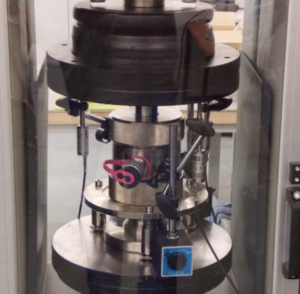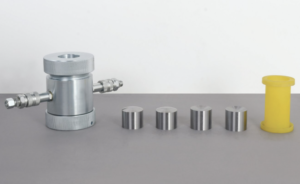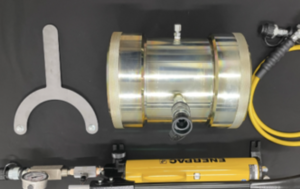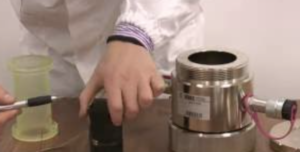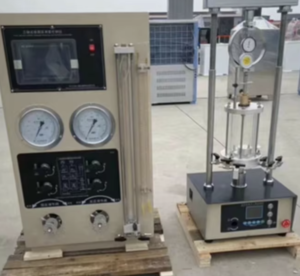Custom-Shaped Latex Membranes for Irregular Soil Samples: Applications and Benefits
In geotechnical labs, not all soil samples fit neatly into a cylindrical mold. That’s where custom-shaped latex membranes step in, allowing accurate testing of irregular specimens that standard membranes simply can’t handle.
Custom-shaped latex membranes provide tailored sealing for unique or non-standard samples, ensuring precise stress distribution and preventing leaks during advanced soil testing procedures.
Let’s explore why these membranes matter, their key applications, and how to choose the right design for your lab.
Why Are Custom-Shaped Latex Membranes Needed?
Standard cylindrical membranes are perfect for routine triaxial tests, but complex samples call for something more specialized.
Irregularly shaped samples1—like rock-soil composites2, large-grain specimens, or specialized core shapes—require membranes that can conform without tearing or compromising the test accuracy.
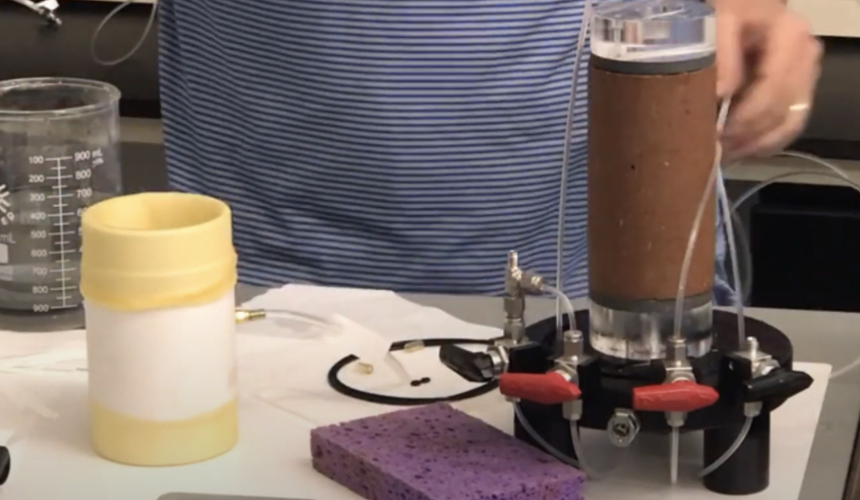
When Standard Membranes Fall Short:
- Non-cylindrical or composite soil samples
- Large specimens with uneven surfaces
- Specialty testing that demands perfect sealing
- Higher confining pressures where uniform fit is critical
| Challenge | Why Custom Membranes Help |
|---|---|
| Uneven surfaces | Better sealing and fewer leaks |
| Sharp edges or coarse grains | Extra durability and tear resistance |
| Non-standard molds | Accurate fit ensures reliable results |
Key Applications in Advanced Soil Testing
Custom membranes are not just niche products—they’re essential for cutting-edge geotechnical research.
From rockfill triaxial tests to custom permeability studies3, these membranes make it possible to test irregular materials under controlled conditions.
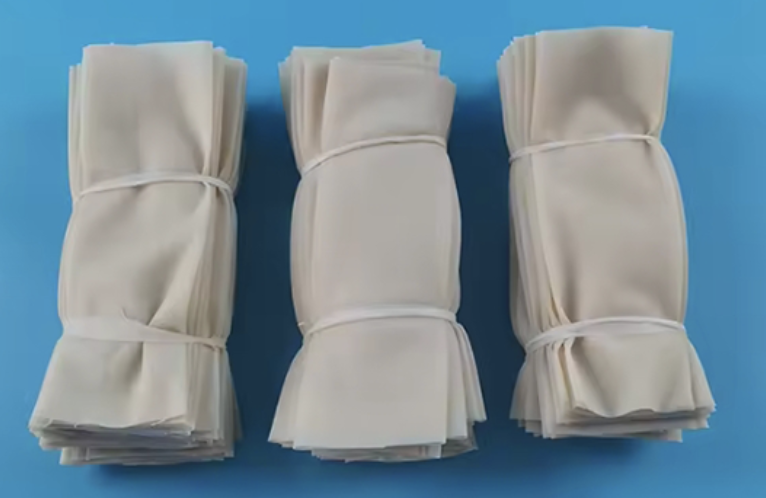
Common Testing Scenarios:
- Rockfill triaxial tests4: Large aggregates require reinforced membranes.
- Permeability tests5: Non-cylindrical samples need tight sealing for accurate flow readings.
- Unsaturated soil studies: Membranes with specific wall thicknesses ensure consistent stress paths.
- Research on layered or composite soils: Custom shapes allow testing of mixed-material cores.
| Test Type | Custom Membrane Feature |
|---|---|
| Rockfill triaxial | Reinforced and thicker latex walls |
| Layered soil permeability | Extra length or unique cross-sections |
| Large sample tests | Oversized and durable membranes |
Advantages Over Standard Cylindrical Membranes
Why invest in custom membranes instead of sticking to standard sizes? The answer lies in test accuracy and reliability.
Custom latex membranes minimize stress distortions, reduce setup time, and improve the sealing of irregular surfaces. This directly enhances test repeatability and data precision6.
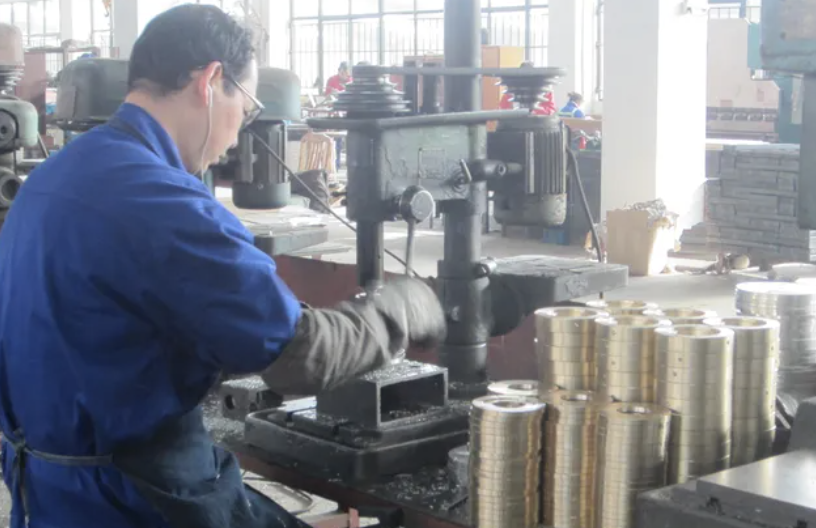
Key Benefits:
-
Perfect fit for irregular samples
No wrinkles or overstretching, which improves results. -
Enhanced durability
Reduced risk of tearing under high loads. -
Lower test errors
Better sealing reduces leaks and unexpected failures.
| Advantage | Impact on Testing |
|---|---|
| Better conformity | Accurate stress transmission |
| Longer service life | Fewer replacements during test cycles |
| Fewer leaks | More reliable saturation and drainage |
Choosing the Right Custom Design for Your Lab
Selecting the right custom membrane is about matching your testing needs with the right material, thickness, and shape.
Work with suppliers who can provide flexible design options, offer prototypes, and understand geotechnical testing standards7 like ASTM D47678 or BS1377.
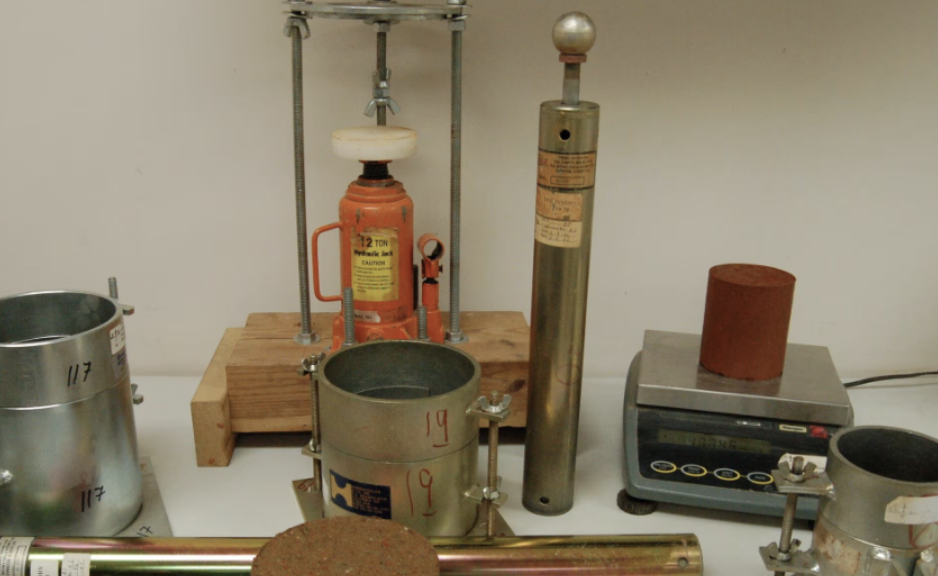
Tips for Selecting Custom Membranes:
- Identify sample dimensions – height, diameter, and any irregular features.
- Select the right thickness – thinner for precision, thicker for durability.
- Discuss testing pressures – confirm pressure resistance with the supplier.
- Request sample prototypes – test fit and elasticity before bulk orders.
| Selection Factor | Why It Matters |
|---|---|
| Wall thickness | Balances accuracy and tear resistance |
| Shape and size | Must match specimen geometry |
| Quality certifications | Ensures compliance with lab standards |
Conclusion
Custom-shaped latex membranes bring flexibility and precision to soil testing scenarios that standard membranes can’t handle. Whether you’re studying large aggregates, unique soil cores, or advanced permeability tests, choosing the right custom design will save time, reduce errors, and improve data quality.
For labs aiming to push boundaries, investing in custom membrane solutions is a smart step forward.
-
Explore this link to understand the unique challenges and solutions for testing irregularly shaped samples, ensuring accurate results. ↩
-
This resource will provide insights into the behavior of rock-soil composites in tests, enhancing your understanding of material interactions. ↩
-
Discover the significance of permeability studies in geotechnical engineering and their role in material analysis. ↩
-
Explore this link to understand the importance of Rockfill triaxial tests in assessing soil behavior under stress. ↩
-
Discover the critical role of permeability tests in evaluating soil drainage and stability. ↩
-
This resource will provide insights into the importance of test repeatability and data precision in achieving reliable research results. ↩
-
Understanding geotechnical testing standards is crucial for ensuring compliance and accuracy in your projects. ↩
-
Exploring ASTM D4767 will provide insights into its significance and application in soil testing. ↩

